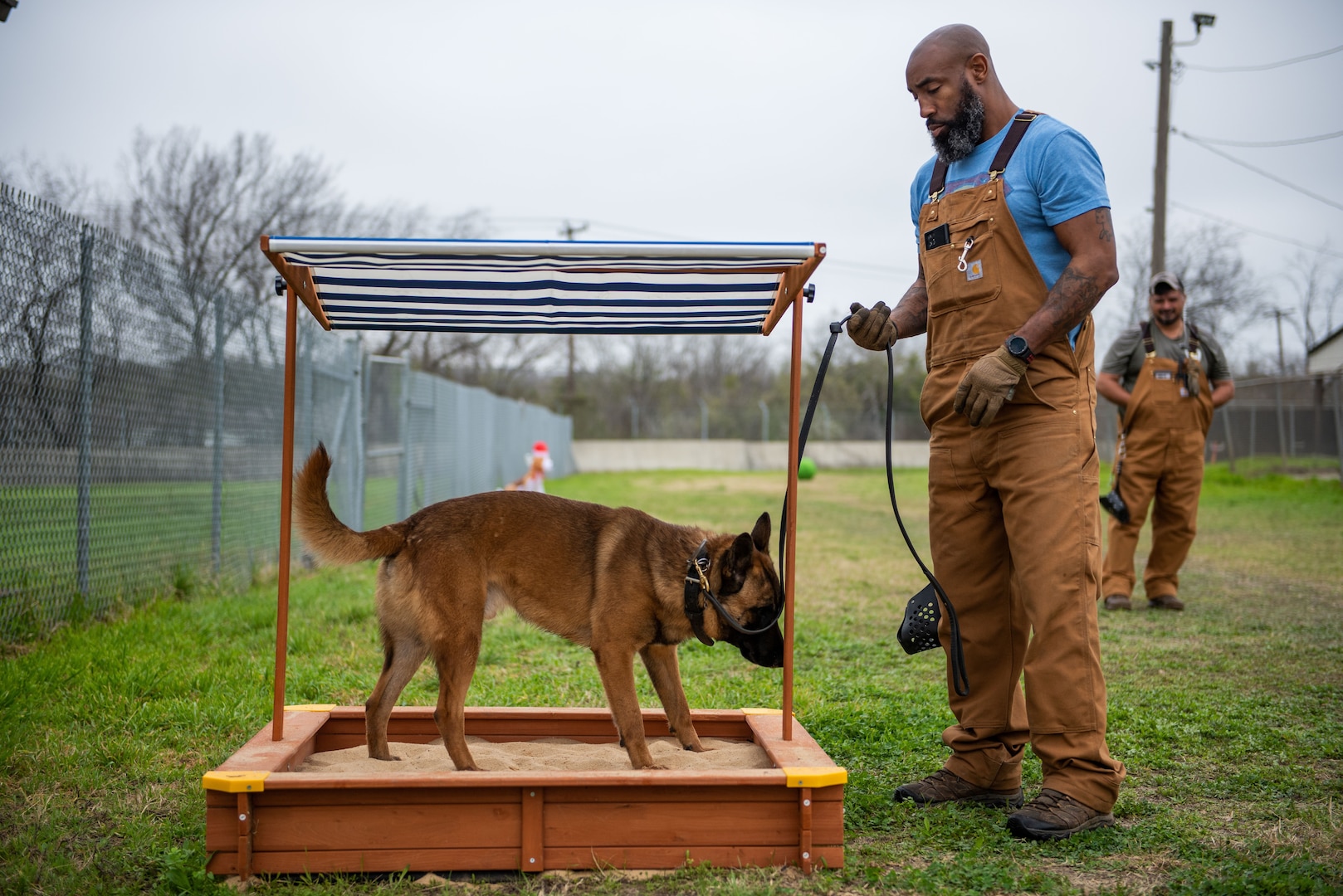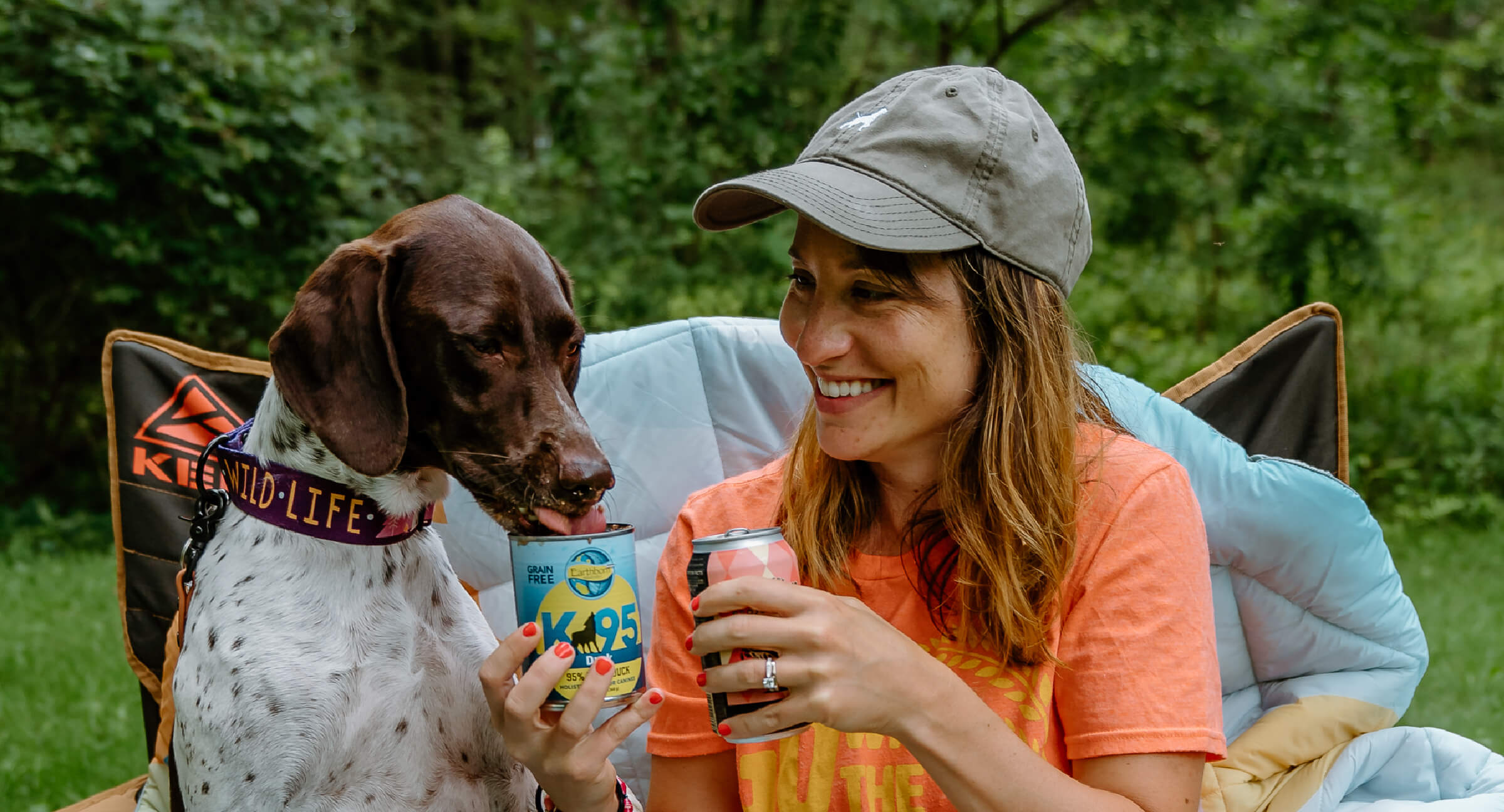Important Dog Educating Tips for Raising a Mannerly Friend
Reliable pet training is fundamental to developing a well-behaved and unified buddy. Necessary strategies such as early socializing, the facility of constant commands, and the implementation of positive reinforcement can substantially affect a pet dog's behavior and overall personality. Recognizing canine habits is essential for tailoring training techniques that resonate with private pet dogs. By fostering a cooperative environment amongst relative and adhering to an organized routine, owners can boost their training initiatives. Yet, the details of these methods value further expedition to fully value their effect on fostering a well-adjusted canine buddy.
Comprehending Canine Behavior

Furthermore, socializing plays a vital function in shaping a canine's habits. Exposure to different atmospheres, individuals, and various other pets aids pets establish confidence and lowers the possibility of fear-based reactions. Early socializing is especially important, as experiences throughout the essential growth duration significantly influence a dog's long-lasting behavior.
Moreover, understanding the concepts of learning theory-- such as favorable reinforcement, unfavorable reinforcement, and punishment-- can enhance training effectiveness. Dogs are more probable to repeat actions that produce favorable results. Employing consistent, reward-based training methods promotes a trusting connection in between the dog and its trainer.

Basic Commands to Educate
Instructing basic commands is an essential structure for reliable pet training and communication. Dog Training For Dogs. These commands not only assist establish a clear line of communication in between you and your canine, yet they likewise promote security and good behavior in various situations
Beginning with fundamental commands such as "Sit," "Remain," "Come," "Down," and "Heel." Each command serves a certain purpose; for example, "Sit" can assist soothe an excited canine, while "Come" is crucial for guaranteeing your canine go back to you when called.
When introducing a new command, make use of a clear and constant tone. Slowly boost the period and range as your canine becomes a lot more efficient.
Uniformity is vital; method commands everyday to strengthen understanding, and guarantee all relative utilize the same commands to avoid complication. Keep in mind that persistence is essential throughout this procedure, as various dogs might discover at various paces. Developing these fundamental commands advertises a harmonious relationship and establishes the stage for more advanced training in the future.
Favorable Reinforcement Strategies
Favorable reinforcement techniques are extremely reliable approaches for motivating desired habits in canines. This training technique includes satisfying your dog for showing actions you wish to enhance, therefore boosting the chance of those actions being duplicated. Incentives can take various types, including treats, praise, or playtime, and should be tailored to what motivates official site your dog most.
Timing is critical in favorable reinforcement. Incentives must be provided quickly after the preferred actions occurs to produce a clear organization. If you desire your dog to rest on command, reward them as soon as they sit, guaranteeing they recognize what activity is being reinforced.
Uniformity is one more vital element. Dog Training For Dogs. Utilize the same commands and benefits each time to stay clear of complication. Gradually, you can terminate deals with for even more periodic benefits, such as spoken praise, to keep the behavior without depending on constant outside reinforcement
Additionally, it is essential to continue to be patient and stay clear of penalty, as unfavorable support can result in be afraid and anxiety, ultimately impeding training efforts. By carrying out positive reinforcement techniques, you will foster a relying on relationship with your canine, top article leading to a well-behaved buddy.
Socialization and Communication
Socialization and communication are basic elements of a pet dog's advancement that enhance positive reinforcement techniques. Very early exposure to diverse settings, individuals, and other pets is important for cultivating a well-adjusted pet dog. This process aids canines develop self-confidence and adaptability, minimizing the probability of behavioral problems such as anxiety or hostility.
Begin socializing during the critical developmental home window, usually in between three and fourteen weeks old. Present your young puppy to different stimulations, consisting of different sounds, sights, and textures. Enroll in young puppy courses or organize monitored playdates with other pets to motivate favorable interactions.
As pet dogs expand, continue to expose them to diverse experiences. Activities such as brows through to parks, pet-friendly shops, or community events can boost their social abilities and convenience levels in unknown setups.
Always keep track of interactions to guarantee they are favorable and trouble-free. Calmly reroute them and enable for steady exposure at a comfortable speed if your canine shows indications of anxiety or aggression. Via consistent socializing and communication, you lay the foundation for a well balanced, well-behaved buddy efficient in prospering in diverse social situations.
Uniformity in Training
Establishing consistency in training is necessary for effective interaction between a canine and its proprietor. Canines thrive on clear and regular expectations, which aids them comprehend what habits is preferred.
Uniformity also expands past commands; it incorporates the policies established within the home. If a dog is not allowed on the furniture, this regulation needs to be enforced at all times. Mixed signals can bring about behavior issues, as the pet dog may come to be uncertain concerning what serves.
Moreover, all relative must get on the same page relating to training methods and commands. If one individual rewards a behavior while another lectures it, the pet dog might end up being nervous and disoriented.
Final Thought
In conclusion, carrying out crucial dog training ideas cultivates a well-behaved companion. Eventually, these practices grow a relying on relationship between the pet and its household, go to this web-site advertising a harmonious living atmosphere and a well-adjusted canine friend.
Essential strategies such as early socialization, the establishment of regular commands, and the implementation of favorable reinforcement can significantly affect a pet dog's behavior and total disposition. Recognizing canine actions is vital for customizing training approaches that reverberate with specific canines.Understanding canine actions is necessary for reliable dog training. Canines are more most likely to duplicate actions that produce favorable outcomes.Positive reinforcement methods are highly reliable techniques for encouraging desired habits in pets.